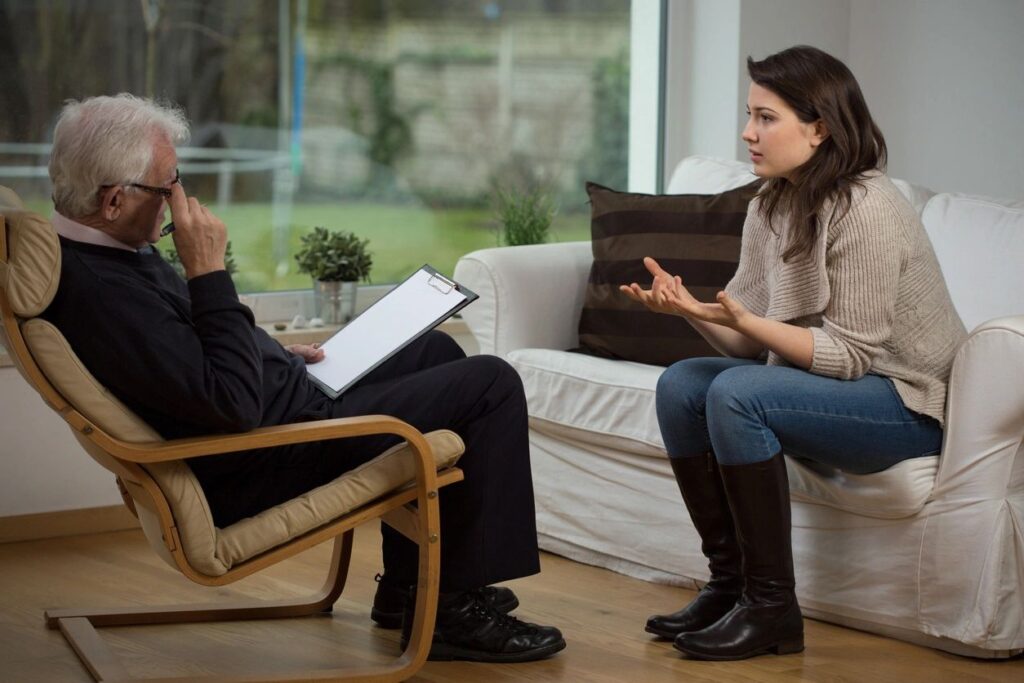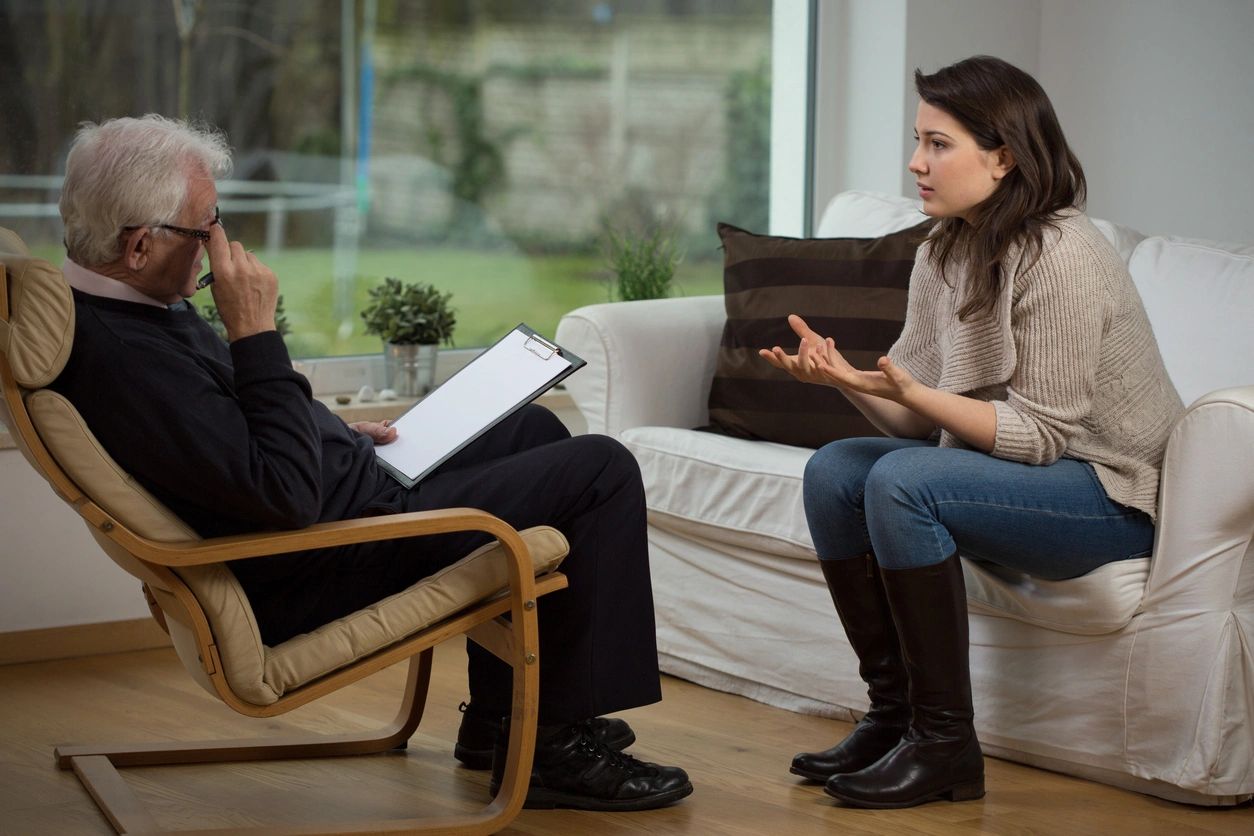A Comprehensive Guide to Getting Help for Anxiety
Anxiety, a common and multifaceted condition, affects millions worldwide, manifesting through a range of symptoms from mild unease to severe panic. Understanding where to seek help is crucial for managing this condition effectively.
This comprehensive guide aims to illuminate the pathways available for those seeking support, offering insights into the spectrum of resources designed to assist individuals in navigating their journey toward mental wellness.

Recognizing the Need for Help
Acknowledging the need for assistance is the pivotal first step in addressing anxiety. It’s essential to understand that anxiety is not just a transient state of nervousness but can be a persistent condition that interferes with daily life.
Symptoms may include excessive worry, restlessness, difficulty concentrating, rapid heartbeat, and sleep disturbances. When these symptoms become overwhelming, seeking professional guidance becomes imperative.
Professional Mental Health Services
Primary Care Providers
Often, the journey to managing anxiety begins with a visit to a primary care provider (PCP). PCPs can assess symptoms, rule out underlying medical conditions, and provide referrals to mental health specialists. They may also offer initial treatment options, including medication or lifestyle advice.
Mental Health Professionals
For specialized care, mental health professionals such as psychologists, psychiatrists, and licensed therapists are invaluable resources. Psychologists and therapists can offer therapy sessions, including cognitive-behavioral therapy (CBT), known for its effectiveness in treating anxiety disorders. Psychiatrists, who are medical doctors, can prescribe medications in addition to providing therapy, offering a comprehensive approach to treatment.
Online Resources and Teletherapy
The digital age has ushered in convenient access to mental health support through online platforms. Teletherapy services connect individuals with mental health professionals via video calls, chats, or phone calls, offering flexibility and privacy.
These platforms often provide a wide range of therapeutic approaches and specialist services, making mental health care accessible from the comfort of one’s home.
Support Groups
Support groups offer a sense of community and understanding that can be incredibly therapeutic.
These groups bring together individuals facing similar challenges, providing a platform to share experiences, coping strategies, and emotional support. Both in-person and online support groups are available, catering to diverse needs and preferences.
Educational Materials and Self-Help Tools
A wealth of educational materials is available for those looking to understand and manage anxiety.
Books, websites, and mobile apps offer self-help tools, tips for relaxation techniques, and strategies for managing panic attacks and anxiety symptoms. While these resources are beneficial, they should complement professional advice rather than replace it.
Emergency Assistance
In moments of acute distress or when someone is in danger of harming themselves or others, immediate action is necessary.
Emergency hotlines and crisis text lines provide instant support, guiding individuals through panic attacks or severe anxiety episodes and connecting them with emergency services if needed.
Lifestyle Changes and Holistic Approaches
Addressing anxiety isn’t solely about professional intervention; lifestyle changes can significantly impact one’s mental health. Regular exercise, a balanced diet, adequate sleep, and mindfulness practices like meditation can improve overall well-being and resilience against anxiety. Holistic approaches, including yoga and acupuncture, may also offer relief and are worth exploring alongside traditional treatments.
Final Thoughts
Navigating the landscape of anxiety treatment options can be daunting, but a wide range of resources is available to provide support and relief. From professional mental health services to online platforms and self-help tools, each pathway offers valuable assistance tailored to individual needs.
Recognizing the need for help and taking the first step toward seeking support is a courageous act—one that leads to a journey of recovery and hope. With the right resources, managing anxiety becomes a more manageable endeavor, paving the way for a healthier, more balanced life.




